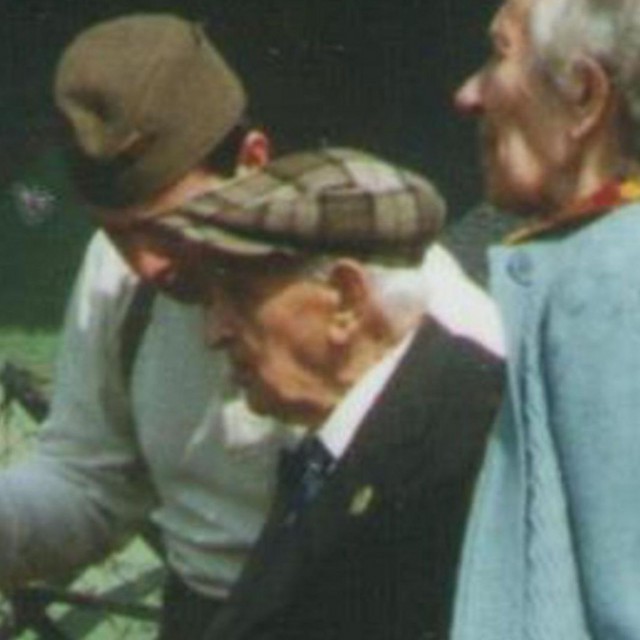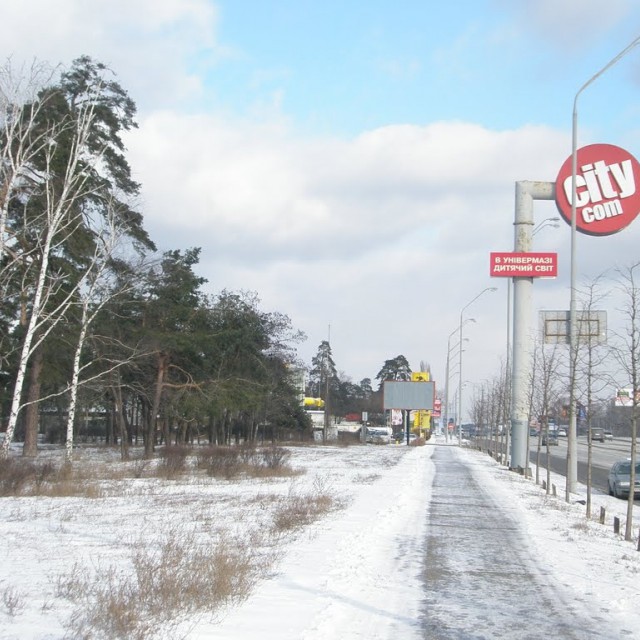Sew on a little ribbon, I want to be a legionary!
Alois Vocásek, a soldier in the Austrian army, was defected in 1916 in Carpathian Ruthenia into Russian captivity. When he came to Kiev, he met Russian students recruiting Czechs into the Russian army. He refused to join the Russian army, as he had had enough of the fighting. However, about two months later, when he got into the internment camp, he changed his mind. The camp was located in Dárnice, in the woods on the outskirts of Kiev. There were dugouts there and one of them served as a recruitment center of Czechs to the Czechoslovak Brigade. "There was a poster on the wall which showed what the Czechoslovak Kingdom of Tsar Nikolai Nikolayevich will look like. About Masaryk, there was no word, yet. And I said to myself, being a Scout, I had to join. I threw my cap on the table and told them to sew a ribbon on it to become a legionary," Alois recalled. In the prison camp of Dárnice, Vocásek filed his application on August 21, 1916, and was assigned to the 1st Rifle Regiment.
Hodnocení
Abyste mohli hodnotit musíte se přihlásit!
Trasy
Příběh není součastí žádné trasy.
Komentáře

Alois Vocásek
Alois Vocásek came from Pečky in central Bohemia and later grew up in Chrást nearby Pilsen, where the family moved for work. He was born on April 13, 1896. His father worked in a foundry and Alois was trained as a foundry worker as well. Later on, he studied at an industrial school run by the state. However, he was not allowed to complete his studies as he was enlisted in the Austro-Hungarian army in the 7th Infantry Regiment in 1915. He was trained in Rumburk and then left with his unit to Carpathian Ruthenia. After the launch of the Brusilov offensive in the Ukraine, he deserted the Russians. From a prison camp in Dárnice, he enrolled for the Czechoslovak Legions that were being created from Czechoslovak prisoners of war. As a scout, he saw action for the first time nearby the Stochod River, later he fought at Zborov and Ternopil, where he was seriously wounded. Although he hadn't quite recovered from his injury, yet, he returned to the front and continued with the legions to Chelyabinsk and from there farther to Siberia. He returned home in 1920. He married, lived in Chrást and worked for the state-run railways until the outbreak of the Second World War. At that time, he sympathized with Nazi organizations and joined the nationalist organization "The Flag," (Vlajka), which later collaborated with the Nazis. During the war, he continued to work for the railways. After the war, he was accused of collaboration with the Nazis and of being a snitch and was sentenced by an extraordinary people's court to life imprisonment. However, in 1954, he was released from prison in the wake of an amnesty. After the fall of communism in 1989, he tried to clear his name and asked the courts at all levels to reopen his case. He claimed that he was convicted wrongfully. The courts nevertheless rejected his request. He died in 2003 at the age of 107 years.



